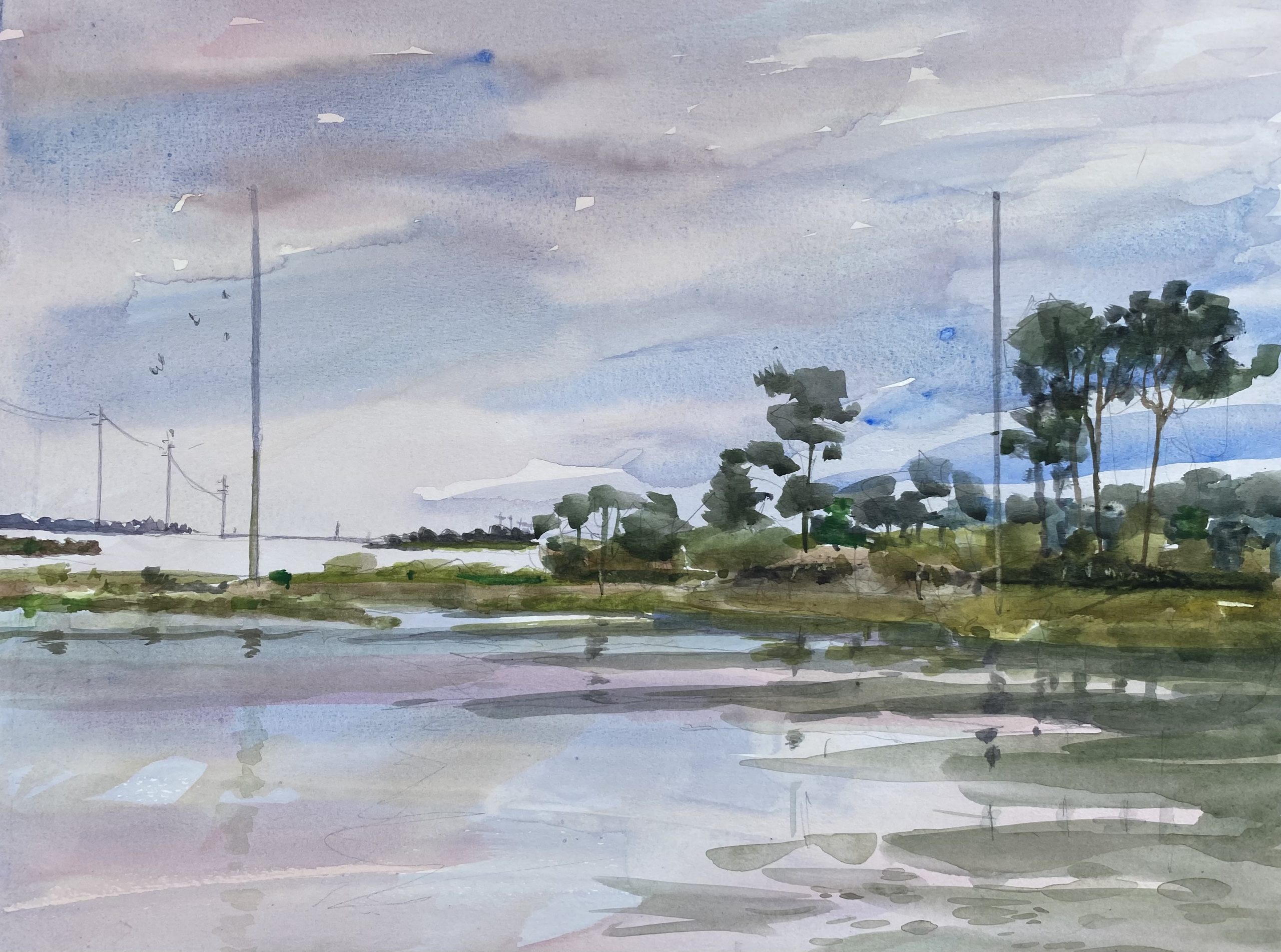
“About 10 years ago, an acquaintance told me how much plein air painting had done for her and enhanced her work,” says Catherine Hillis. “I listened politely but gave her comment little thought. A few months passed and I had the opportunity to join a local plein air group. Remembering my friend’s words, I thought I’d give it a try. I had no suitable equipment for painting outdoors and sat in a chair with my palette. My paintings were a disaster, but I was enjoying myself more than I’d imagined and it wasn’t long before I was smitten with painting en plein air.
“Not only was I enjoying myself, but I was having new experiences and learning new lessons as a painter. Suddenly, I was out of the studio and up close to the real thing, no longer pinned down to a flat photograph as my only resource to paint from. I was observing light in action, from the early morning until dusk or even beyond. I could see and feel the temperature of color and light. It’s no small gift to paint outdoors with the sun on your skin and birds serenading you to “paint well.” Unlike working from a photo or still life set up as artists do in the studio, plein air painting is kinesthetic and has the potential to be a whole body sensory experience.
“I’ve worked in both the field and the studio for almost a decade now. I’ve had dangerous encounters, and painted both good pieces and bad during my adventures, and I’m just as in love with it as ever. Most importantly, I know plein air painting has influenced my work in immeasurable ways and taught me lessons that make me a stronger painter.”
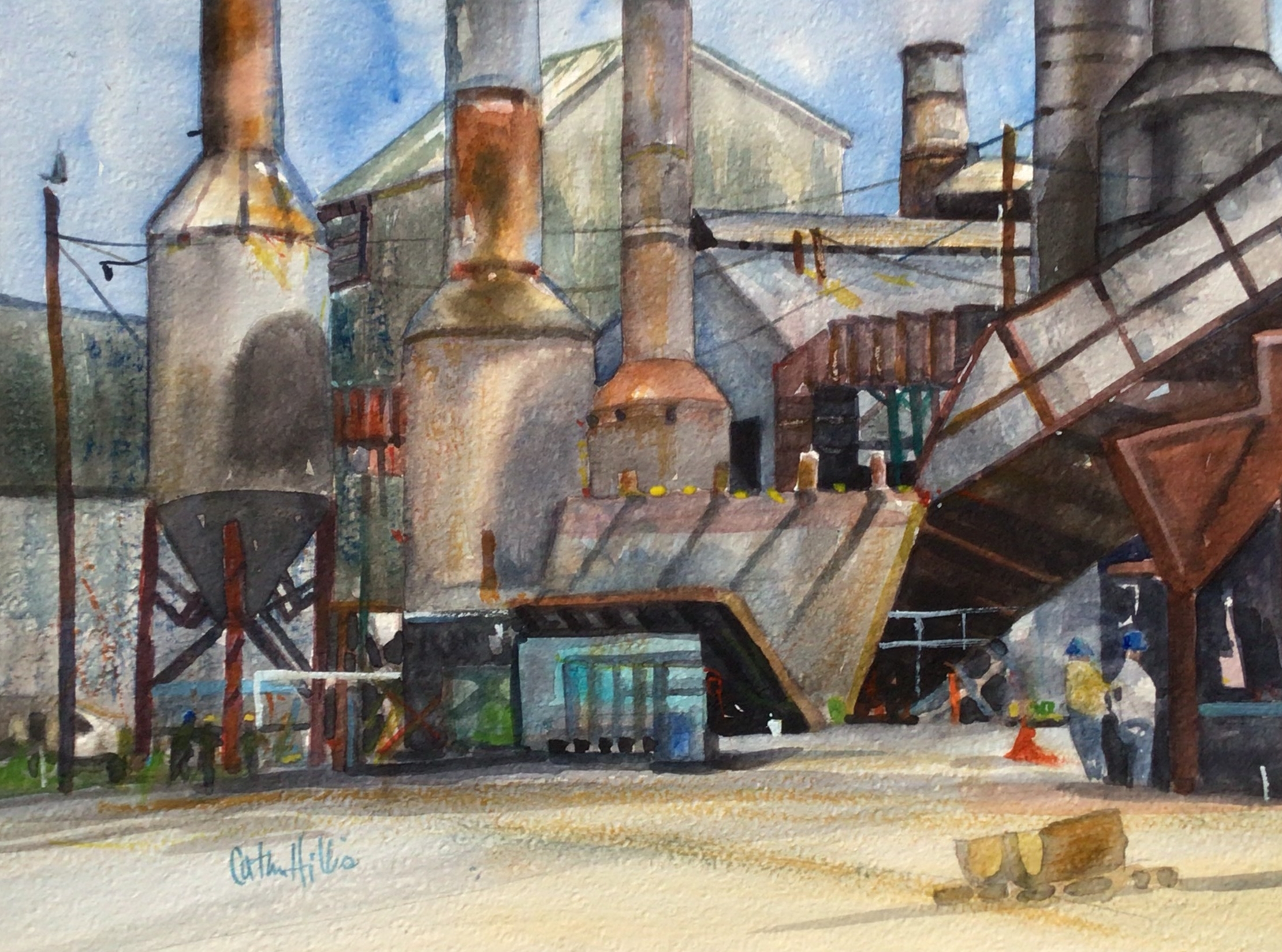
7 UNEXPECTED BENEFITS TO PAINTING EN PLEIN AIR
1. “I’m a better painter because of plein air painting. One must work fast to capture the light in a scene before it disappears; you don’t have time to contemplate technique. You just have to know it so you can make decisions quickly and commit to your brushwork intuitively.”
2. “I’m a more efficient painter because of plein air painting. An artist must think quickly in the field. One learns to observe a scene, squint, and simplify. There are steps I can skip in the field whereas in the studio, I might take more time to produce a similar effect.
“For example, in the studio I spend many hours “glazing,” but in the field I might paint the same topic with a fast and direct wash. My pencil marks and brushstrokes are also more effective and efficient because making a mistake in the field can be costly time wise.”
3. “My compositional skills are much improved because of plein air painting. I look for connected shapes in the landscape now, rather than “things.” I’ve learned to simplify the details in a scene.”

4. “I’m more observant of the world around me because of plein air painting. Working outdoors has enhanced my already strong visual skills and improved my other abilities. It can be a full body sensory experience and, after some practice, you may find that you not only capture a landscape on paper, but also the temperature, the wind, and the characteristics of the location and the day.”
5. “I’ve learned from my peers. We sometimes share thoughts on technique and paint colors during plein air events and paint-outs. Just attending a plein air exhibition is a fine way of discovering how different artists view the same subject. The variations on a single theme can be dramatic and provide a mind-opening experience.”
6. “I’ve discovered new products and ways to approach watercolor painting because of plein air events. Working outdoors forces you to think on your feet and consider new ways of doing things. Traditional watercolor framing is difficult to transport so now I often frame like the oil painters. Watercolor board, gel pens, watercolor canvas, cold wax, and fixative sprays have all made their way into the field.”
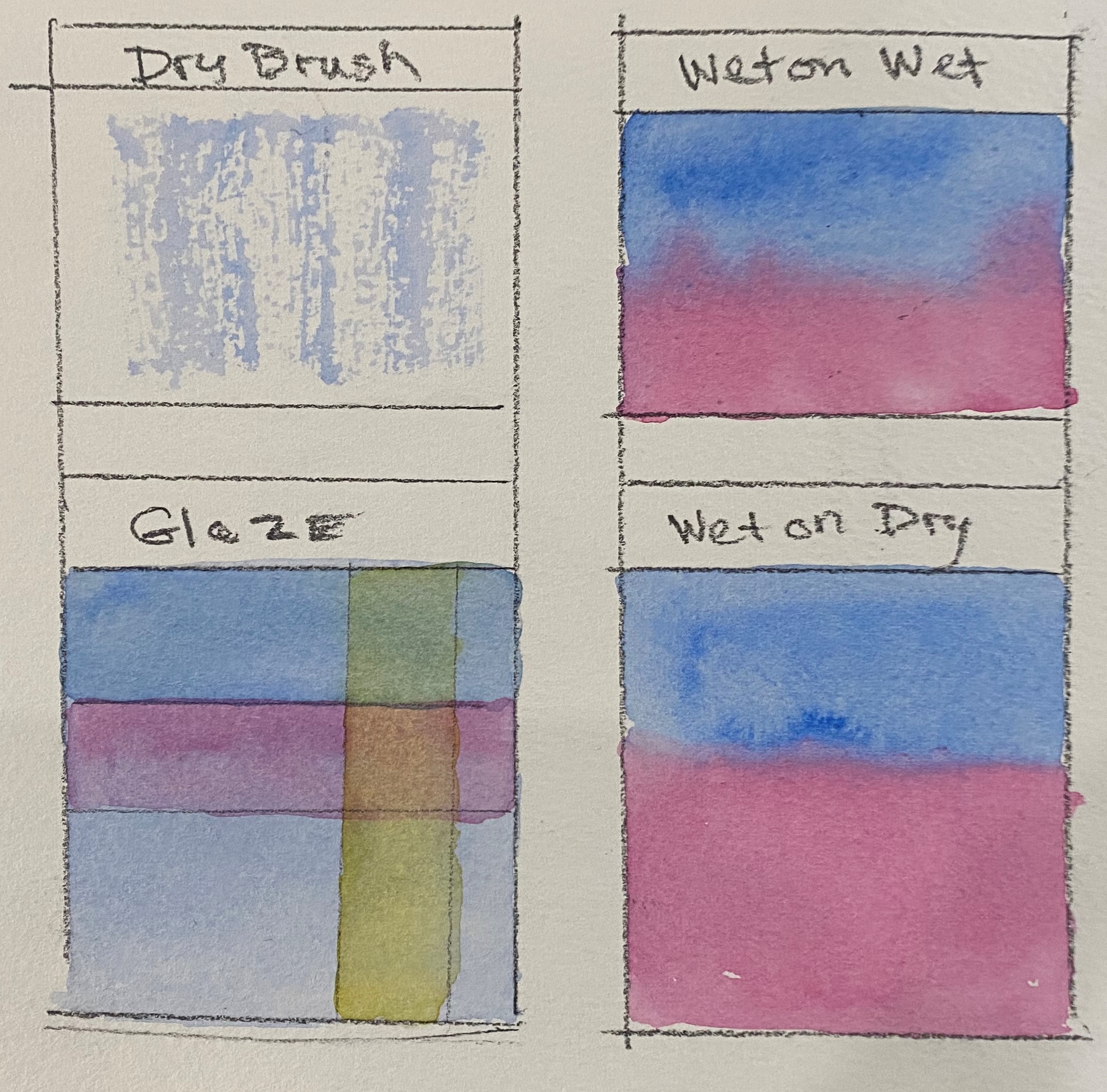
7. “I’ve become a more flexible human being. Apparently, I can tolerate a lot of discomfort. When you paint in the field, common necessities aren’t always available. One might encounter no bathrooms, no food, intense heat or cold, rain, high winds, insects, and wet feet. I’ve encountered more than my share of delayed flights, flat tires, and lost supplies. In the end I’ve learned to adjust my expectations to “what is.”
“I’m very grateful to have discovered plein air painting. I’ve accumulated new skills and have been honored to travel America, painting in locations of exquisite beauty. I can’t think of a more pleasant way to learn as much as I can about my country and my profession than to be a plein air painter. I encourage artists of all levels to try the great outdoors. Start small and without expectations. Take a class or workshop, or just set up to paint in your own backyard, and perhaps you’ll make discoveries about yourself and your painting process, just as I did.”
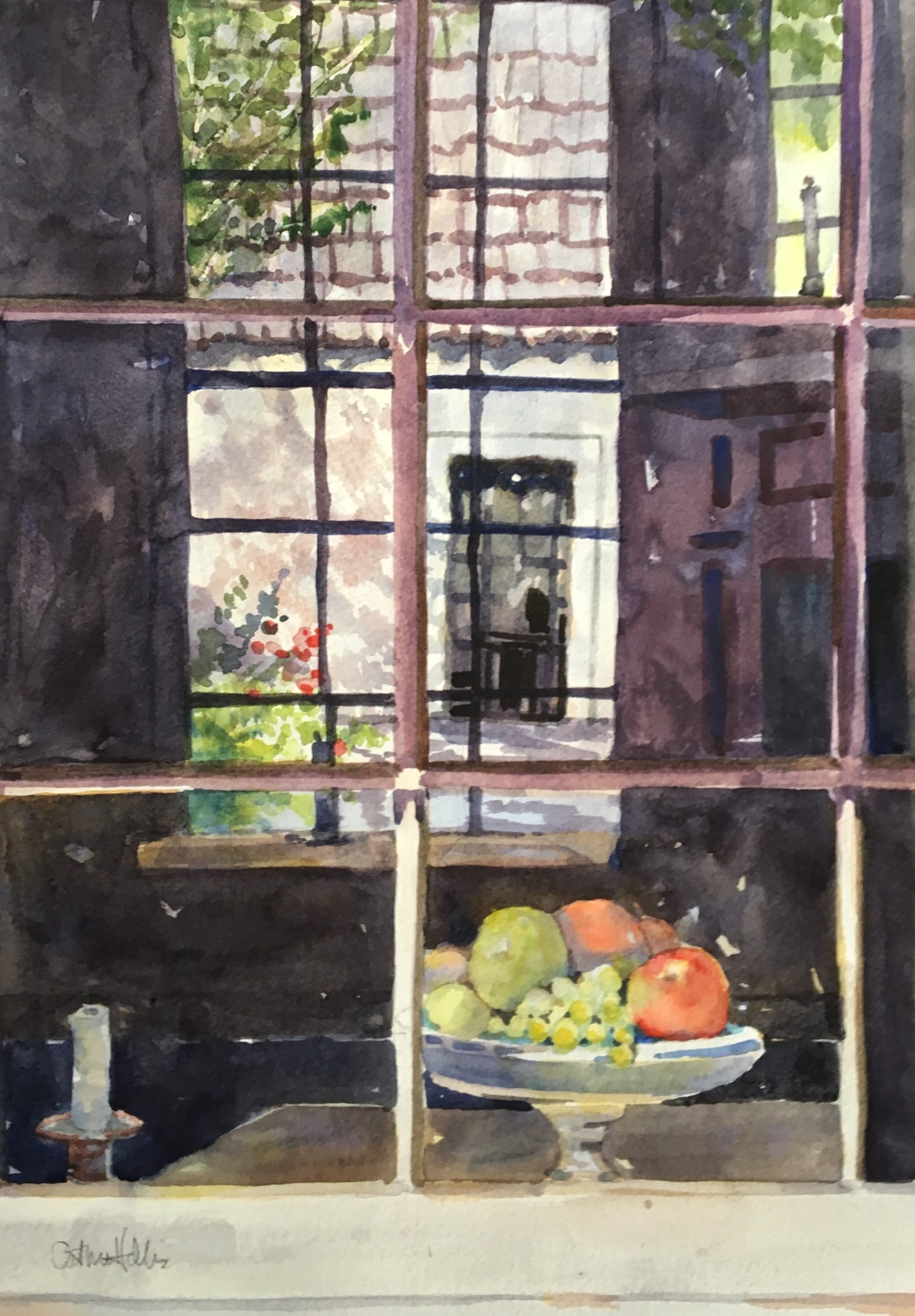
Catherine Hillis paints on the national plein air circuit, and offers classes and workshops across the country.
Explore the possibilities of plein air painting and the benefits it can have on your work at the Plein Air Convention & Expo in Santa Fe, New Mexico, May 17-21, 2022.

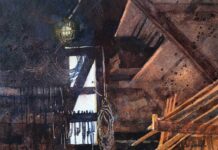
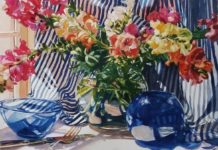





What a great article! As one who has worked in PleinAir, as well as taught workshops at a beautiful location on the island where I live, I recommend everyone try it. My students were so delighted to be able to select the site/view they wished to paint, as well as truly get a feel for the atmosphere/environment. Catherine’s paintings are marvelous and inspirations, too.